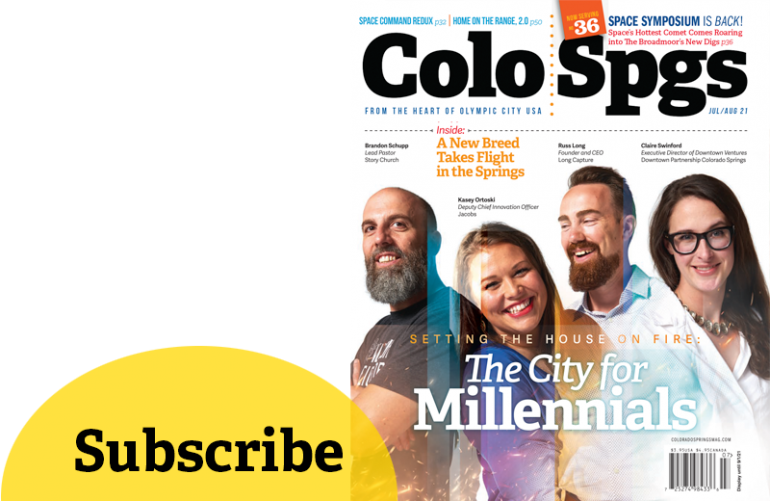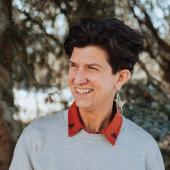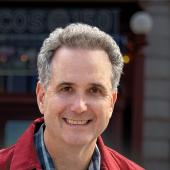Keeping The Movement Going
By the time you read this, the Tokyo Paralympic Games will have recently completed 13 days of action on September 5, and a record 1,200 hours of programming, featuring the event’s first-ever primetime broadcasts, will have been presented across the NBC platform of television and streaming services.
It wasn’t always this way. Not even close.
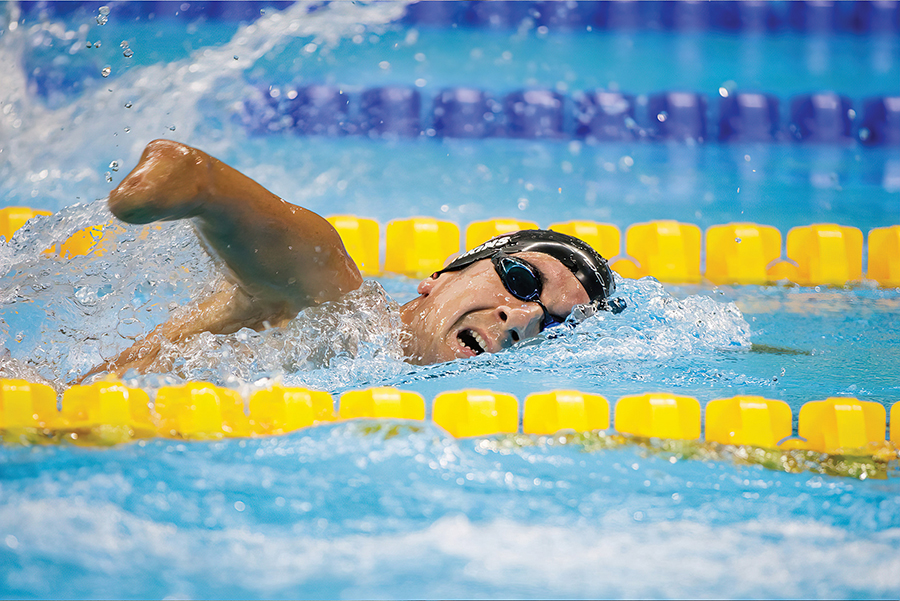
“The Olympics were always such a huge event, but the Paralympics were almost an afterthought,” says Abby Farrell, a graduate of Air Academy High School in Colorado Springs who earned a scholarship to play wheelchair basketball at the University of Illinois. “I think the Paralympic movement has gotten so much traction over the last decade. Being able to compete in the same venues, to have that inclusion and respect after all this time, is incredible.”
In 2019, the Colorado Springs–based U.S. Olympic Committee formally changed its name to the US Olympic & Paralympic Committee, and the national museum that opened in 2020 became the U.S. Olympic & Paralympic Museum to put all of our country’s elite athletes on equal ground.
“To be able to say U.S. Olympic and Paralympic Museum is huge,” says Suzanne Scott, a four-time Paralympic medalist in swimming in 2008 and 2012, who later graduated with a degree in communications from UCCS. “With the added exposure, there are more opportunities to highlight our stories.”
A Long Road to Equality
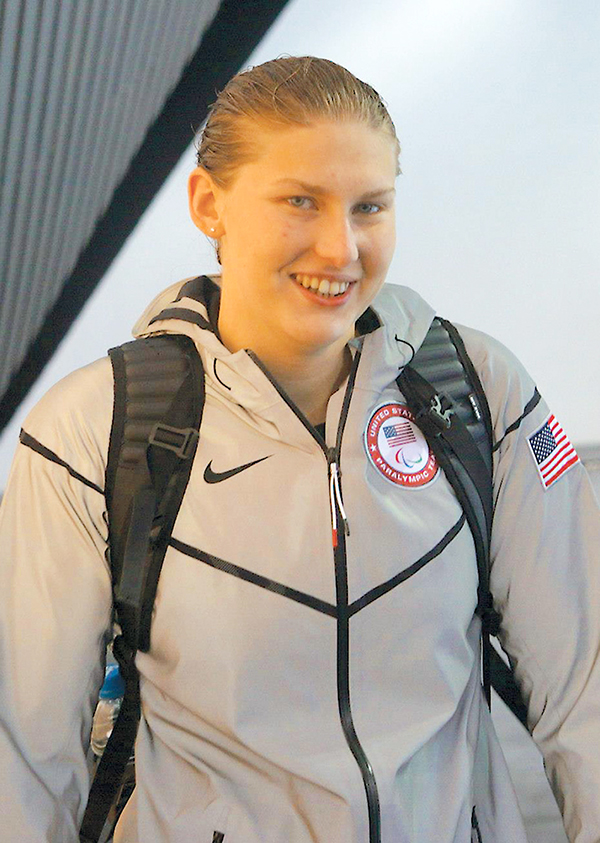
A total of 24 athletes represented the United States at the inaugural Paralympic Games in Rome in 1960. This year, Team USA boasted a whopping, 240-member contingent that, before 2021, had earned a collective 233 medals from 51 Paralympic champions.
It wasn’t until 1992 that the Paralympics began being held in the same city and venues as the preceding Olympic Games. It did take a while, but now, more of their stories are finally being told to an interested audience.
“Most people have heard of athletes like Michael Phelps or Allyson Felix,” says Farrell, who was born with spina bifida, a birth defect that occurs when the spine and spinal cord don’t form together. “But people don’t realize that for every Allyson Felix, there’s [17-time track and field Paralympic medalist] Tatyana McFadden, who is just as accomplished. And now we’re seeing Olympic athletes alongside Paralympic athletes in sponsored commercials. It’s equal coverage now.”
Although the Games—Paralympic and Olympic—highlight elite athletes at the highest level of competition, athletes with disabilities hope the overall spirit can continue the surge of momentum adaptive sports have gained. “The idea behind the movement is to get started, to become a part of something,” Scott says. “Then, we’ll see where it takes you.”
Struggles to Get Started
In reality, for athletes with disabilities, finding a place to start is still the biggest challenge.
“Based on my experience and that of a lot of people I got to know, the general consensus was we found out about Paralympic sports by happenstance or coincidence,” says Scott, who, like Farrell, was born with spina bifida and also has mild nerve damage in her legs as a result. “I do think even a lot of current athletes are finding out by word of mouth.”
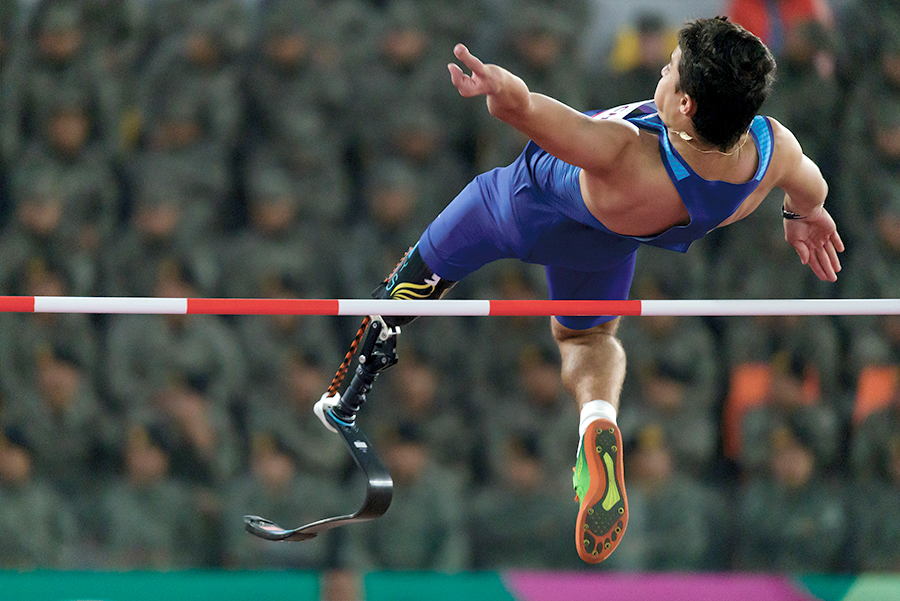
It happened for Scott when her family was flipping channels and came upon highlights from the 2004 Paralympic Games in Athens. From there, she developed quite the interest in swimming and made the meteoric rise to the national team just two years later.
However, without that random event and being in the right place at the right time, who knows? “It is my dream to see more adaptive sports opportunities, something like the YMCA or Boys and Girls Clubs, partnering to create chances for everyone to belong,” Scott says.
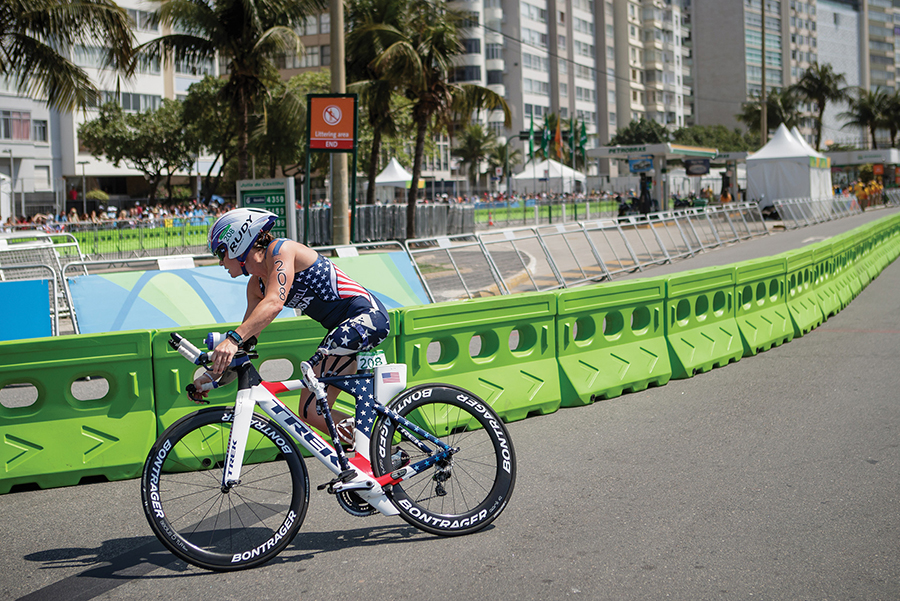
Farrell had luck on her side as well; her mom, Michelle Dusserre, was a 1984 silver medalist in gymnastics and currently works as the vice president of athlete engagement at the U.S. Olympic & Paralympic Museum. “I was lucky to grow up in a sports-oriented family and lucky my parents knew what Paralympic sports were. I got involved in sports very young. But, for most people, unfortunately, the way I’ve heard a lot of people finding out about Paralympic sports is being at the right place at the right time. It has been a slow process, but little by little, people are finding out.”

